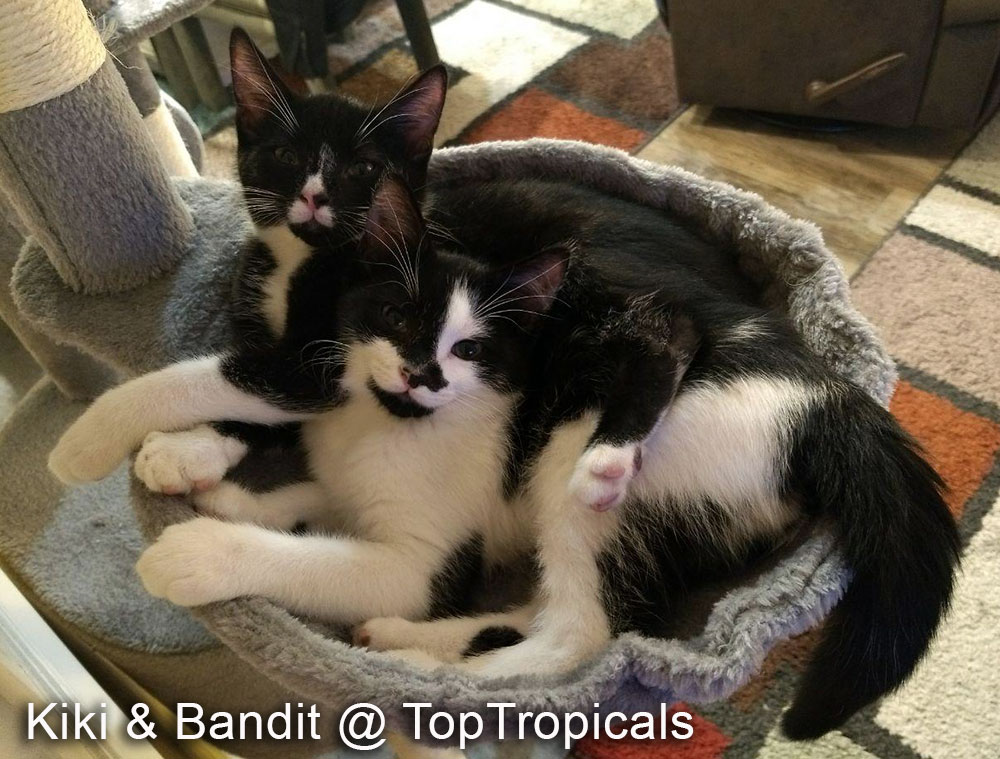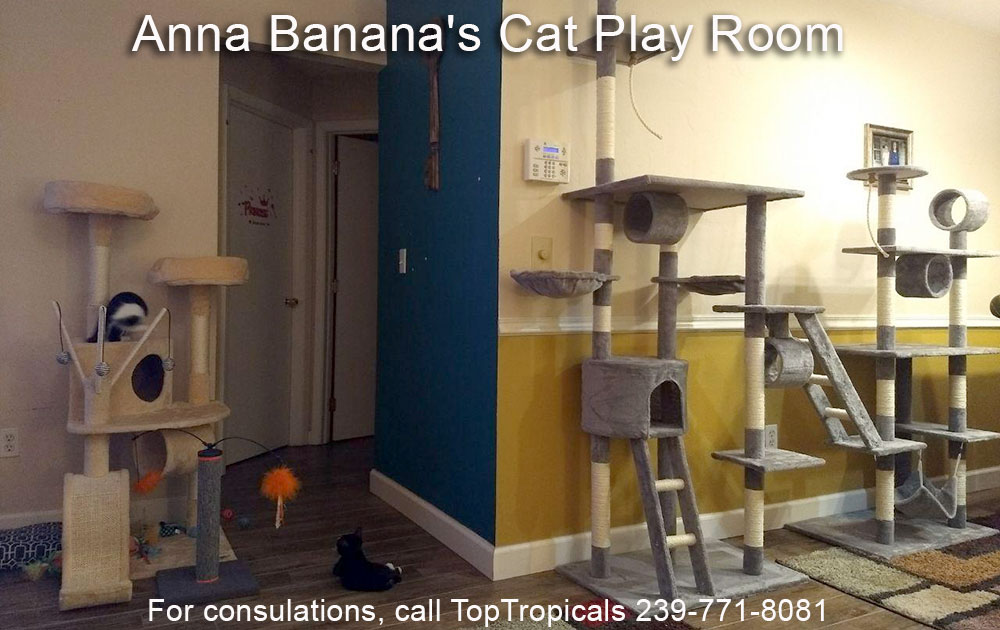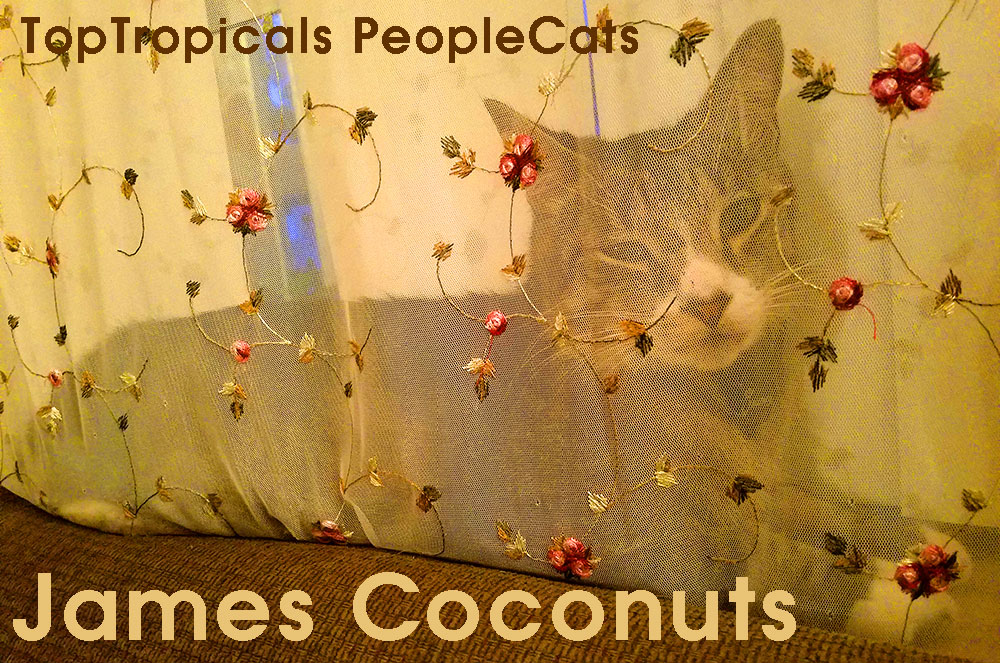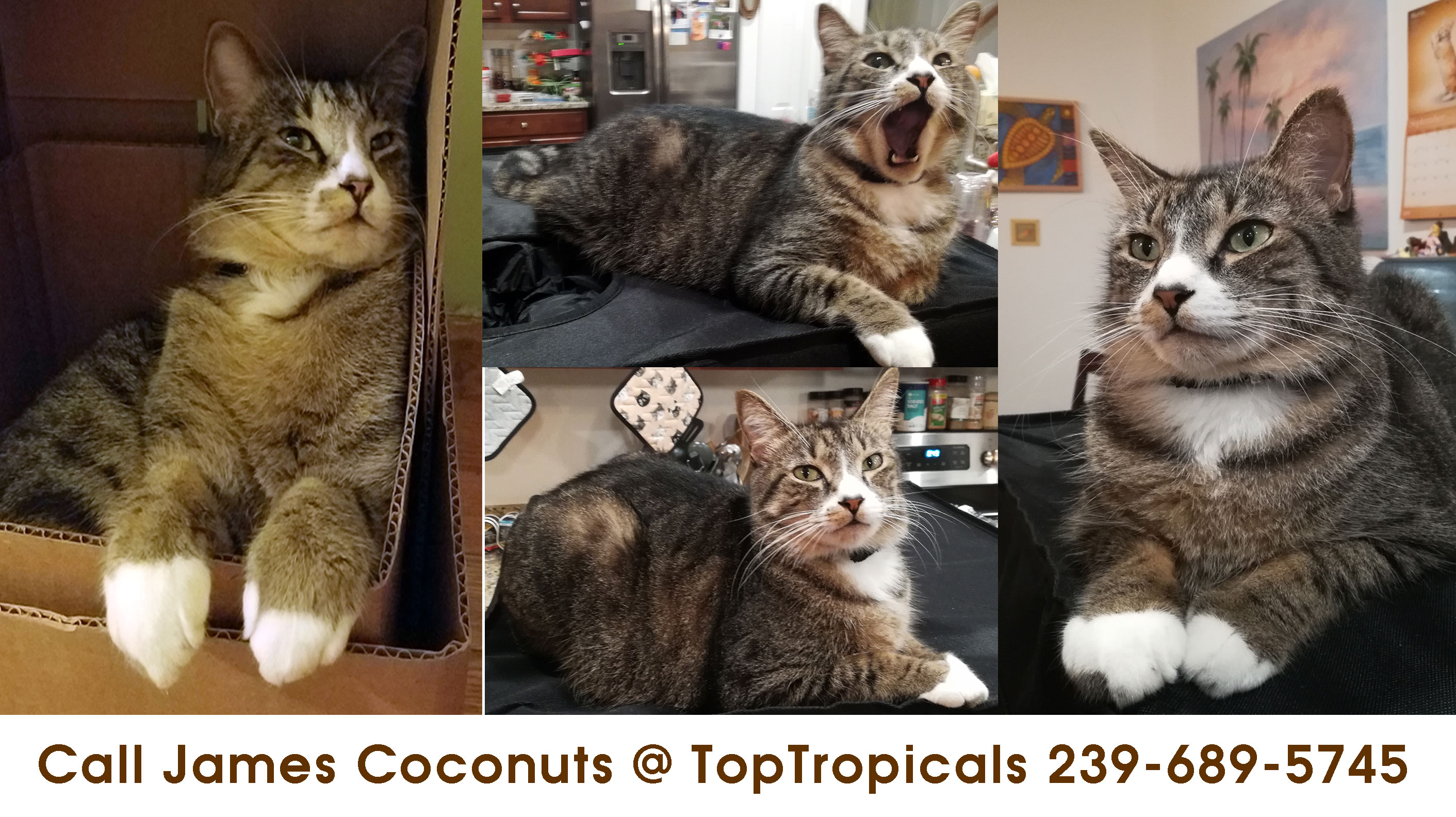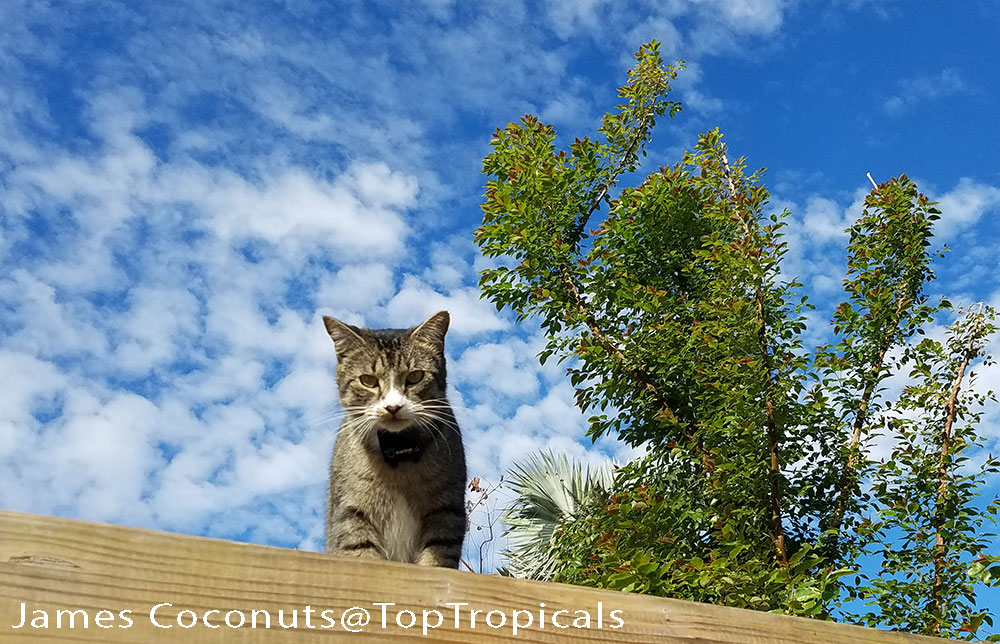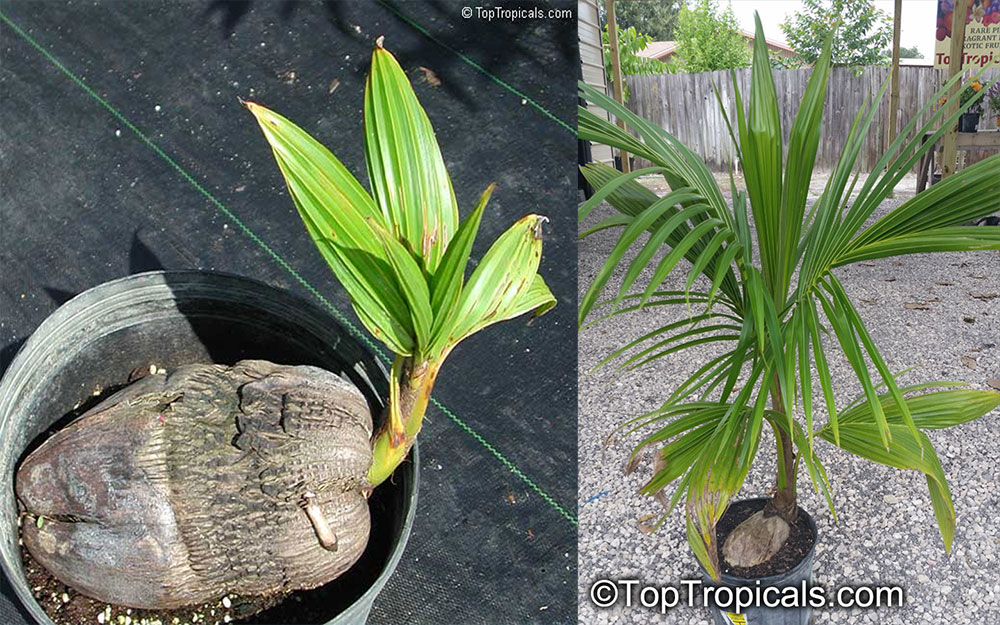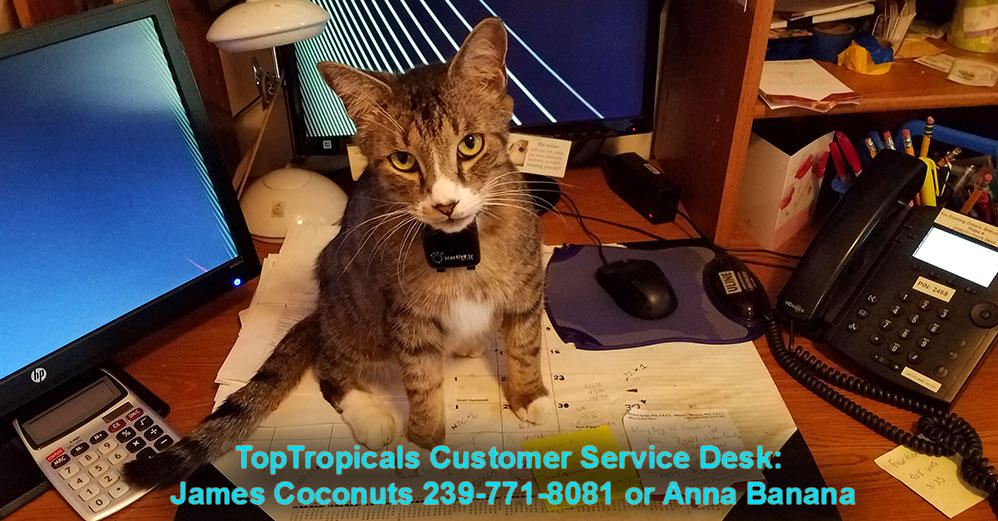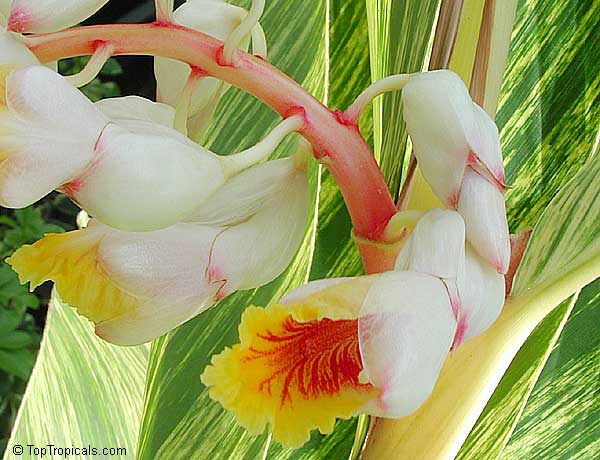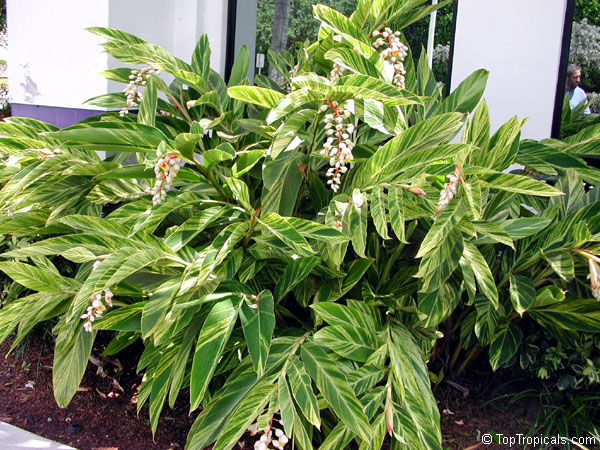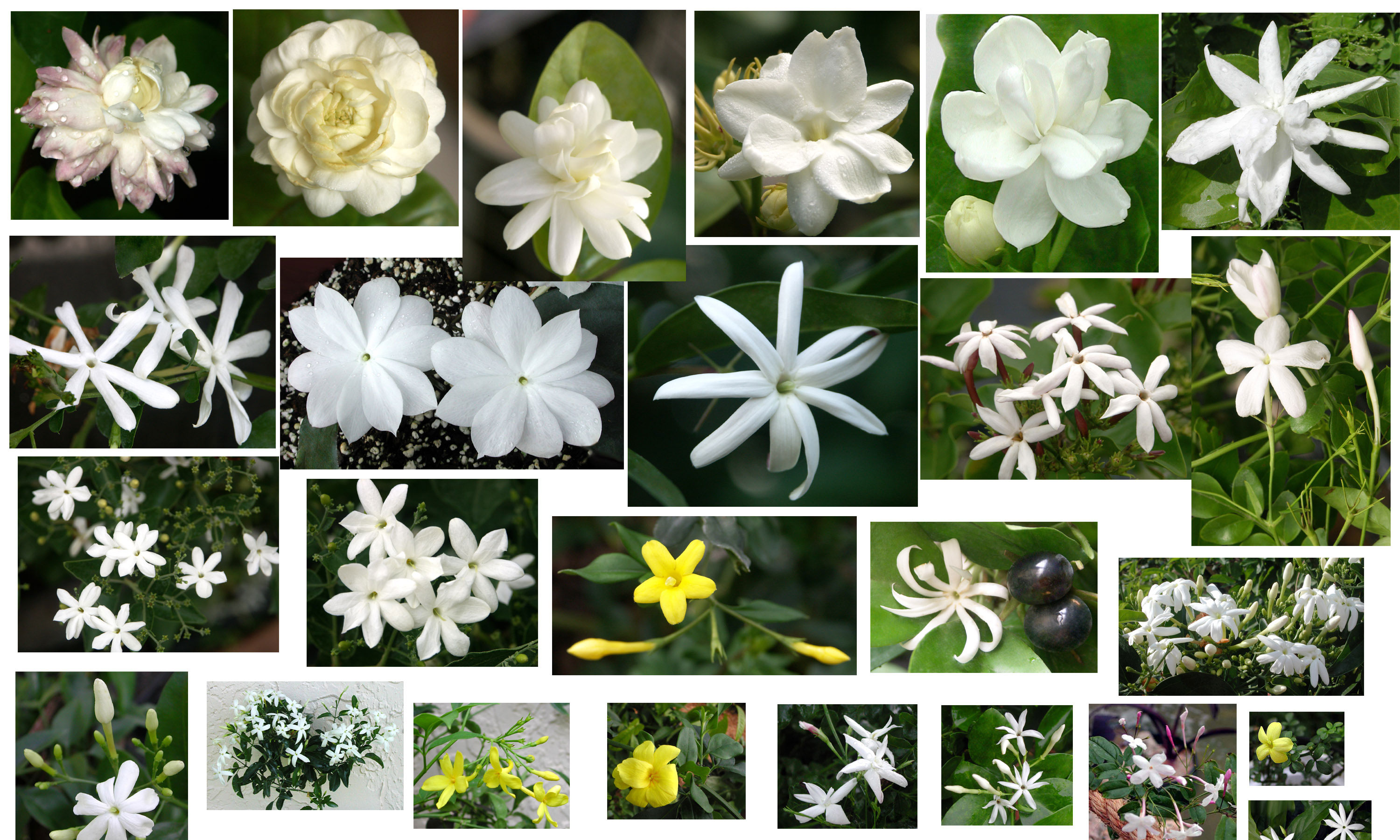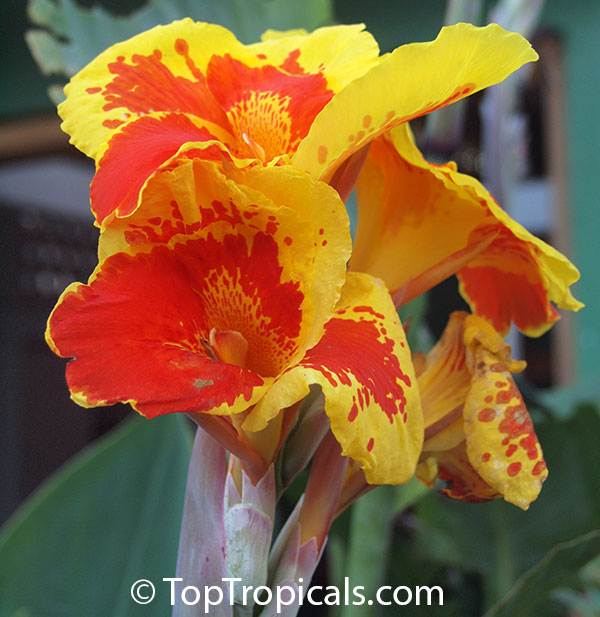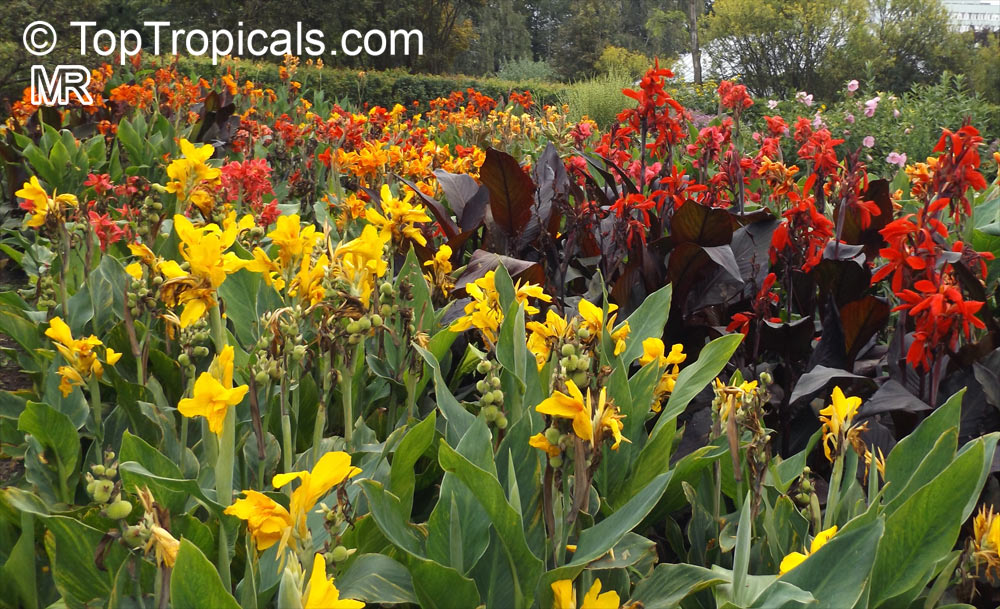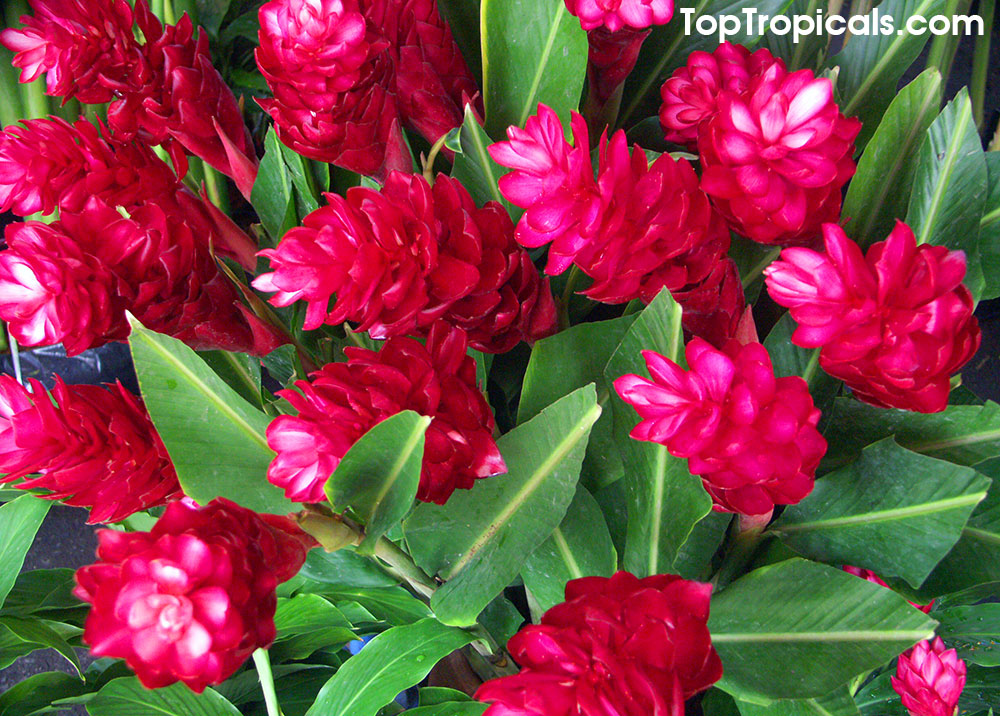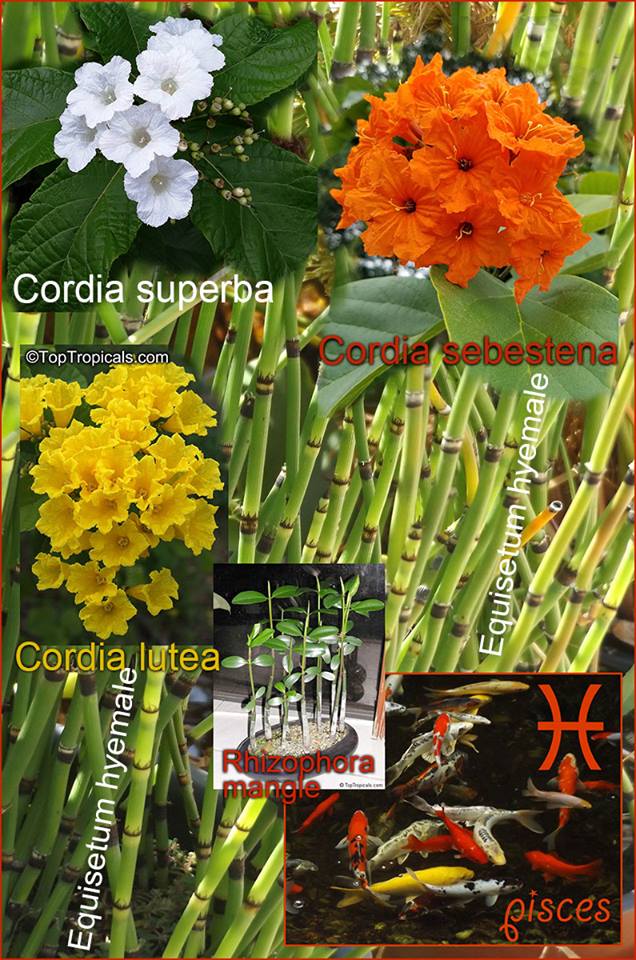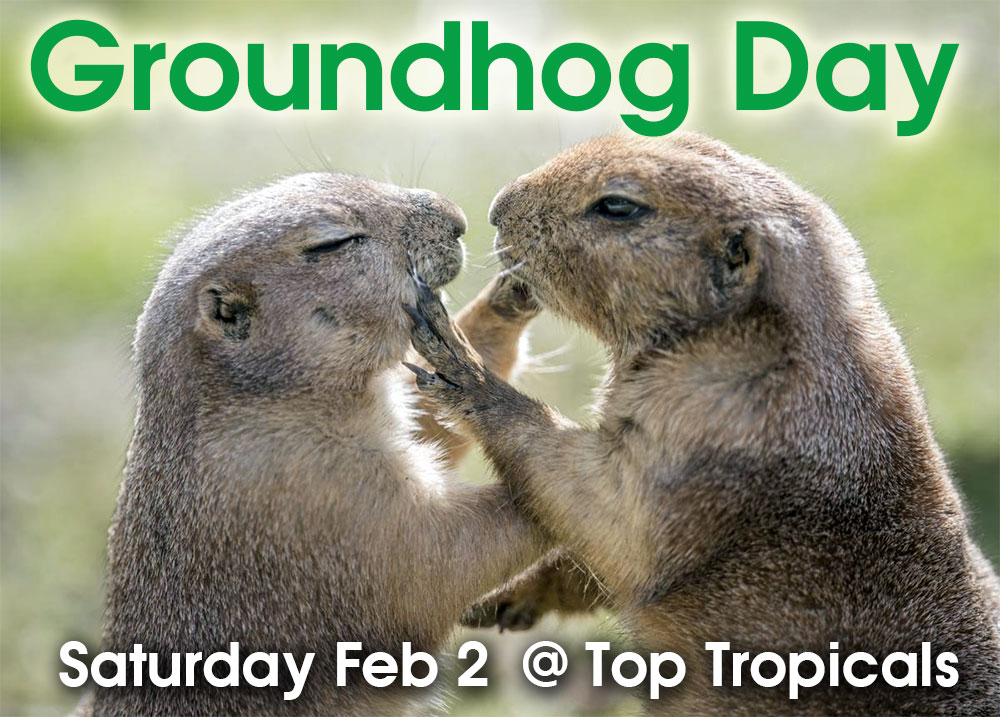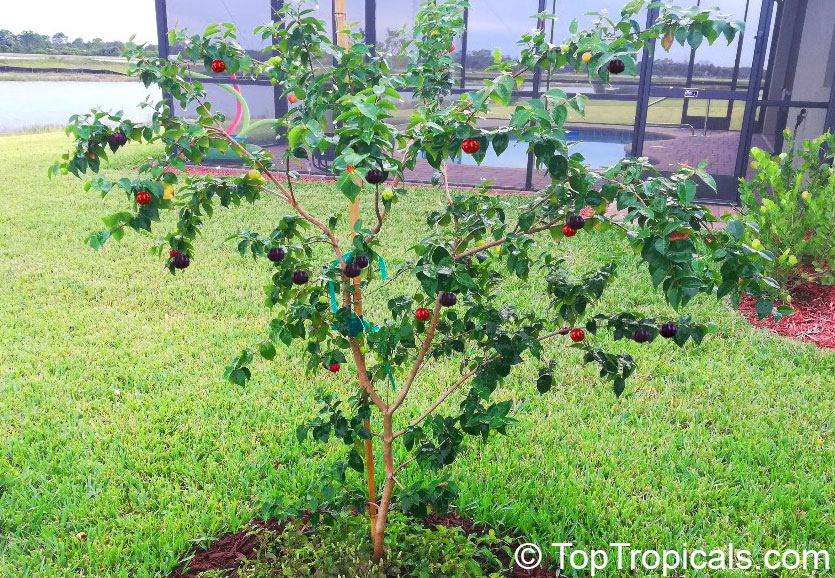Date:
Meet PeopleCats of TopTropicals. Anna Banana's Kiki and Bandit
Everyone knows and loves our Anna Banana - the Heart of Top Tropicals
Customer Service. Today she found herself another exciting project... to build
a Cat Play Room! She sacrificed her whole living room and the whole paycheck
for that.
The girl kitty with a black face is Kiki Tails. She is a bobtail.
Bandit is a black and white boy with a white tip on a black tail. Anna Banana got
them when they were just 7 weeks old. Kiki and Bandit were born on August 26,
2019, in Buckingham, just down the street from Top Tropicals Nursery!
Call Anna Banana's direct line 239-771-8081 to say hi to Kiki and Bandit! We will follow up on these babies and soon will update you with their new stories. Stay with us!
Now, here is Anna Banana's million-dollar question to her favorite customers: how do Cats and Plants go together in your garden or indoor plant collection? Tell us how your cats help you to grow plants, with pictures! The Winner will receive a FREE plant of $50 value! Participating stories and photos will be featured on Top Tropicals Facebook page.
Please use our contact form to submit your stories with pictures, with a subject "Cats in the Garden Contest"
Check out and more Cat of the Day stories.
